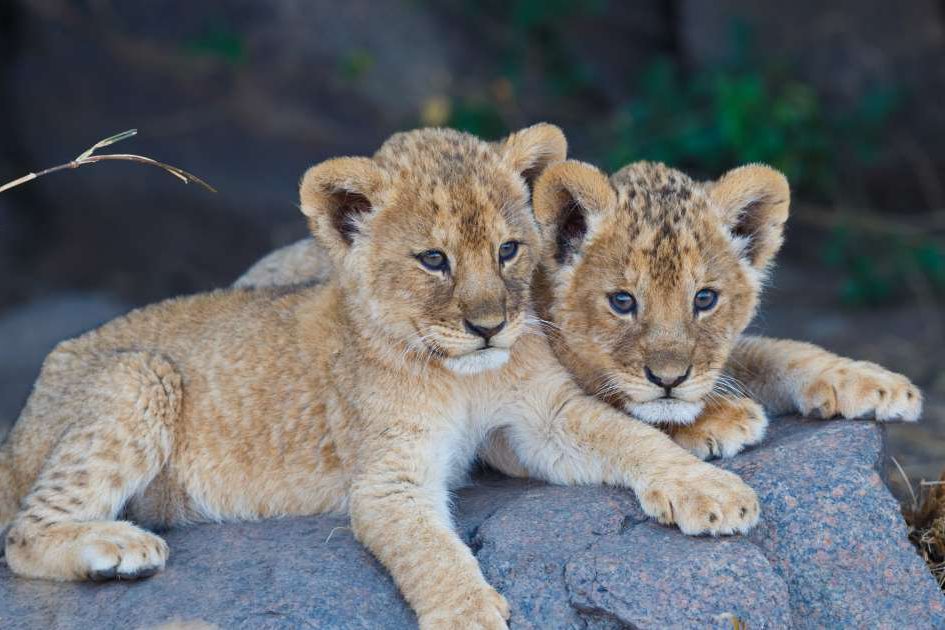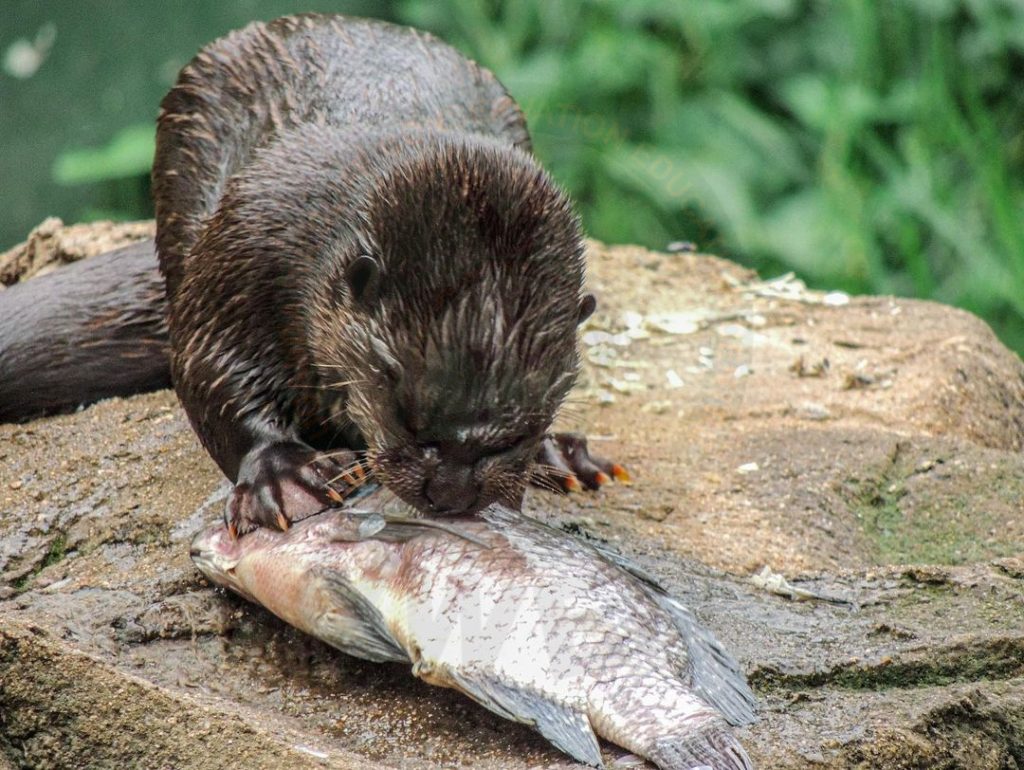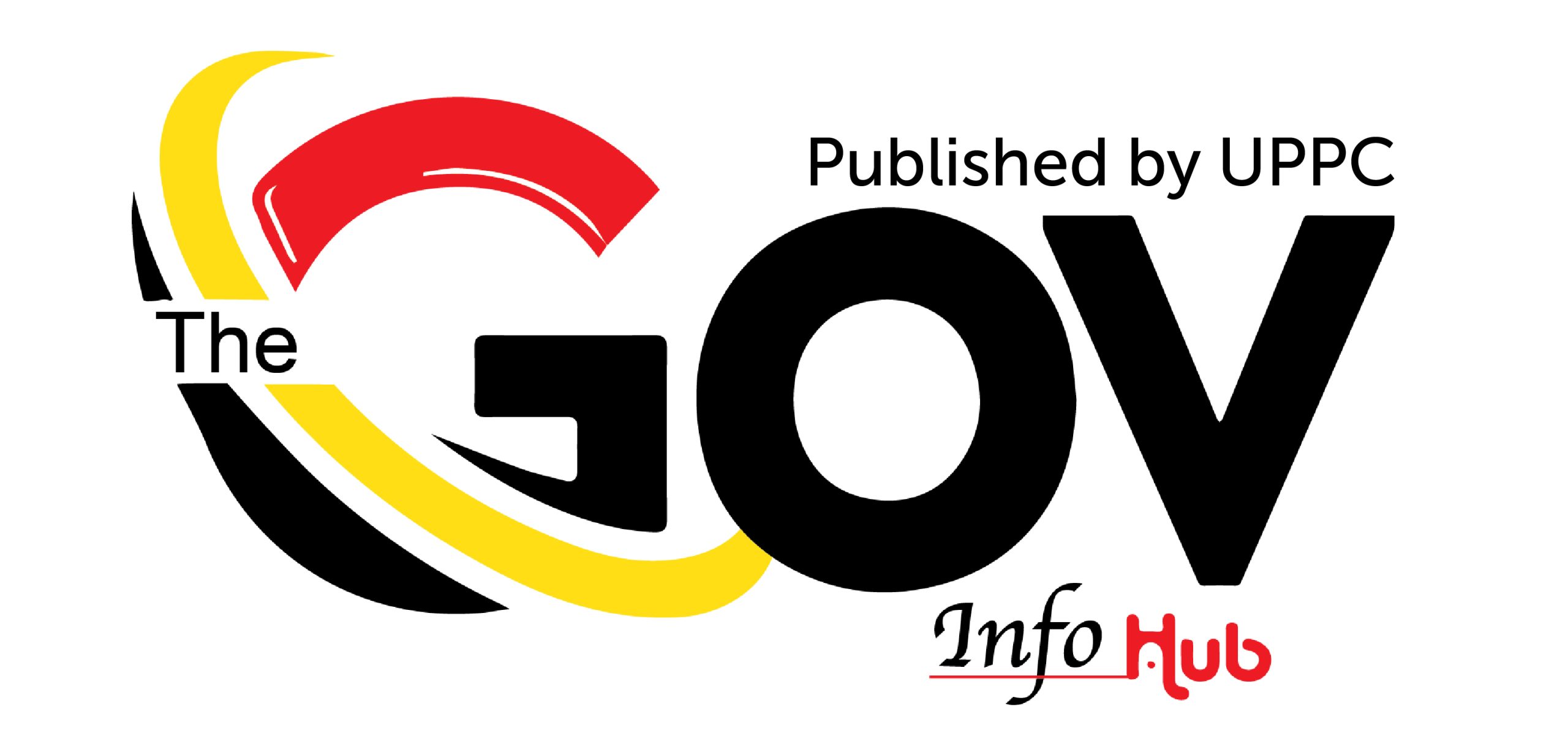UWEC hikes fees to improve services
Having been founded in the 1950s to accommodate injured and confiscated wildlife from smugglers and orphaned animals, the Uganda Wildlife Education Centre (UWEC) is a fun place to visit and learn about Uganda’s animals and the ecosystem in which they live.
Opened as an animal rescue Centre and named the National Zoo in 1956, the facility is the only one of its kind in Uganda, offering a variety of wildlife, flora and fauna, as well as beautiful view of Lake Victoria. In 1995 it was renamed the Uganda Wildlife Education Centre as it took on the role of a research and education facility.
A recent report showed that there are about 253 animals, including reptiles and mammals, different species of birds, with the rare and endangered ones given special protection.
The animals include lions, elephants, giraffes and rhinoceros, the civet, otters and pangolins, but also reptiles like pythons and crocodiles. Also exciting to watch are tigers, chimpanzees, the peacock and other rare birds.
Entrance fee to the conservative Center has been revised in July 2024 for domestic visitors. The adjustments in the fees are aimed at ensuring the continued care of UWEC’s diverse animal species while improving the overall experience of the visitors.
“These adjustments reflect our commitment to provide exceptional care for our animals, maintaining a world-class facility and supporting vital conservation education initiatives,” said Dr. James Musinguzi, the Executive Director at UWEC.

Dr. Musinguzi explained that despite the hikes in the costs of the items needed to run the Centre, they had operated with the same old rates for over ten (10) years. Adding that it was necessary to revise the fees upwards to cater for the increasing cost of animal feeds, fuel and other overhead costs.
The new adjustments are expected to raise an extra two (2) billion shillings to supplement UWEC’s annual budget. In the financial year 2023/2024, the government allocated 21 billion shillings to UWEC, which the Executive Director said was short by six (6) billion shillings to cater for the welfare, health and nutrition of the animals due to their increasing numbers.
In the last financial year, the facility has recorded a total of 600,000 tourists. The domestic visitors increasingly dominated the numbers, and in particular schools accounting for more than 60 percent of the visitors.
The Ministry of Tourism, Wildlife and Antiquities is implementing a plan to establish “satellite” wildlife education Centres in different regions, with contractors already procured for the 36-acre Mbale Centre. Other Centres are planned in Gulu, Kyenjonjo and Mbarara, all aimed at supporting growth in domestic tourism.
UWEC is anticipating more opportunities for expansion, revenues generation and contribution to the conservation, tourism and research functions.
It is also part of government plan to bring together a Lake Victoria Tourism Circuit that would merge all tourism facilities around Entebbe and parts of Kampala, to include UWEC, Botanical gardens, Speak Resort Munyonyo, Lutembe beach and Ngamba Island.
Table showing entrance fees for the different category to UWEC
| S/N | CATEGORY | OLD RATES | NEW RATES |
| 01 | Schools that book early (per head) | 5,000 | 8,000 |
| 02 | Schools that don’t book early (per head) | 5,000 | 10,000 |
| 03 | Tertiary Institutions (per head) | 6,000 | 8,000 |
| 04 | Adults (EAC) (per head) | 10,000 | 20,000 |
| 05 | Children (EAC) (per head) | 5,000 | 10,000 |
| 06 | Foreigners (nonresident) adults (per head) | $15 | $15 |
| 07 | Foreigners (resident adults) (per head) | $10 | $10 |
| 08 | Foreigners (nonresident children aged 3-14) (per head) | $10 | $10 |
| 09 | Foreigners (resident children aged 3-14) (per head) | $5 | $5 |



